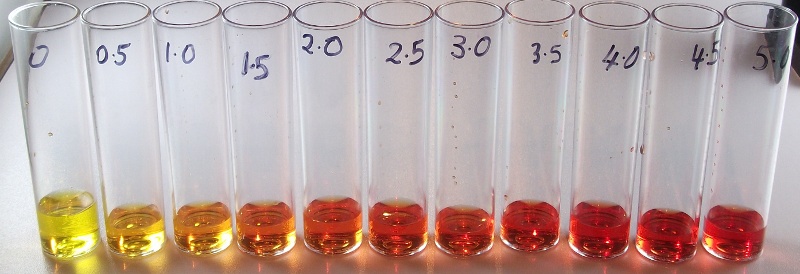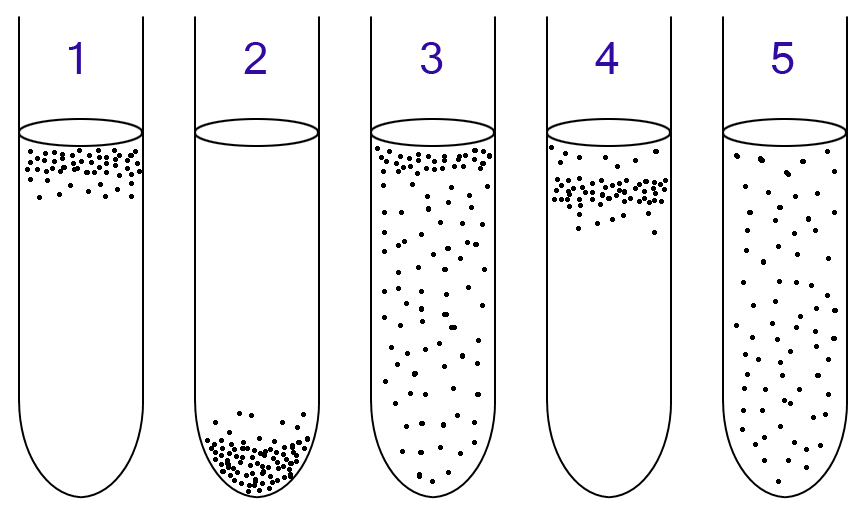@Randy Holmes-Farley
I was wondering if you were familiar with Dr. Kevin Novak's Anoxic Filtration System and if it could work in Saltwater aquariums?
My name is Kevin Novak Ph.D. and I am an Ichthyologist. Post-doctoral studies in Limnology and Aquatic Microbiology. I have designing a new kind of filtration system using microaerophile bacterium called: facultative anaerobic heterotrophic bacteria, which can be correspondingly used on Koi ponds and water gardens alike. The name of this patented system is called the “Anoxic Filtration System ®” in which can be used in both closed and open pond areas for the removing of e-coli and other harmful pathogen materials from environments, which I think many hobbyists would be interested in. This system works as a network of never clogging negatively charged sites in baskets that are coined the name: biocenosis-clarification-baskets.
Anoxic Filtration System. http://anoxicfiltrationsystem.blogspot.com/2015/09/for-comprehensive-look-into-anoxic.html
Interview with Dr. Kevin Novak.
Dr. Kevin Novak's youtube channel. https://www.youtube.com/channel/UC06AbbfqomU3MvOB4HE64uQ
I was wondering if you were familiar with Dr. Kevin Novak's Anoxic Filtration System and if it could work in Saltwater aquariums?
My name is Kevin Novak Ph.D. and I am an Ichthyologist. Post-doctoral studies in Limnology and Aquatic Microbiology. I have designing a new kind of filtration system using microaerophile bacterium called: facultative anaerobic heterotrophic bacteria, which can be correspondingly used on Koi ponds and water gardens alike. The name of this patented system is called the “Anoxic Filtration System ®” in which can be used in both closed and open pond areas for the removing of e-coli and other harmful pathogen materials from environments, which I think many hobbyists would be interested in. This system works as a network of never clogging negatively charged sites in baskets that are coined the name: biocenosis-clarification-baskets.
Anoxic Filtration System. http://anoxicfiltrationsystem.blogspot.com/2015/09/for-comprehensive-look-into-anoxic.html
Interview with Dr. Kevin Novak.
Dr. Kevin Novak's youtube channel. https://www.youtube.com/channel/UC06AbbfqomU3MvOB4HE64uQ




















